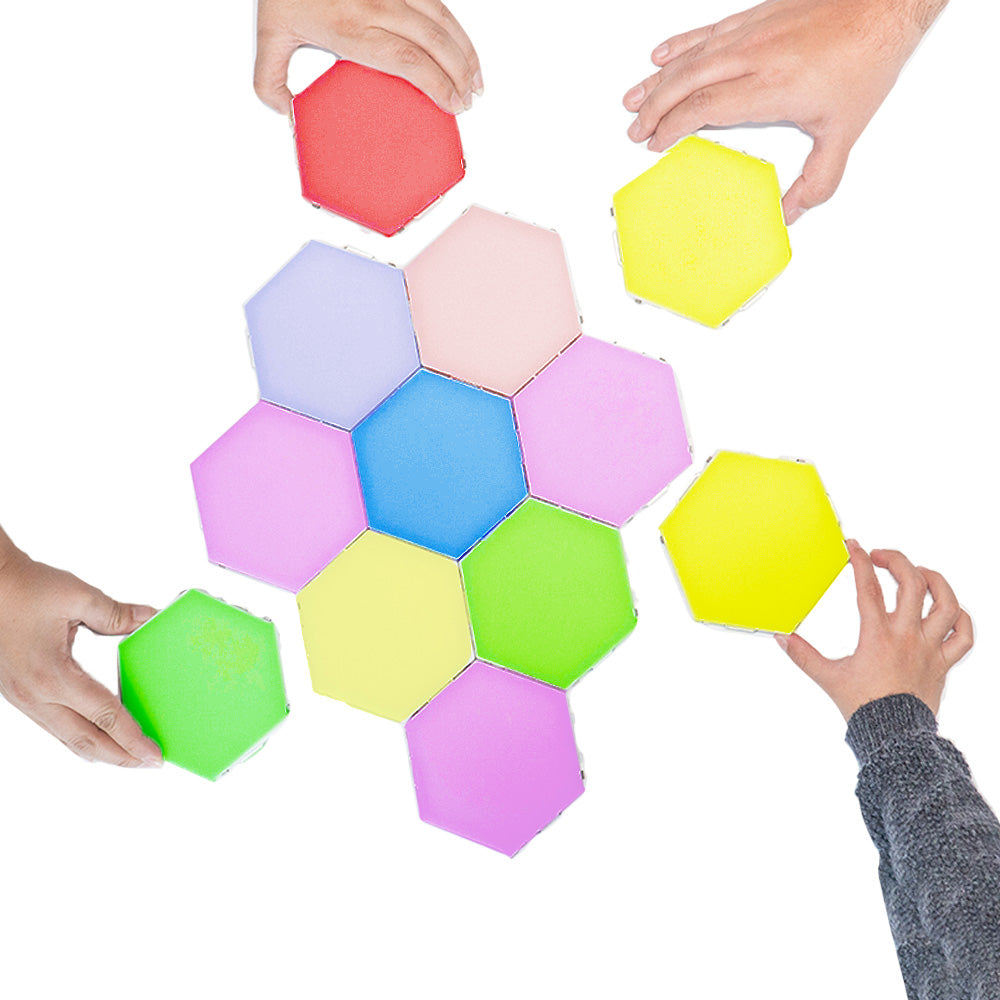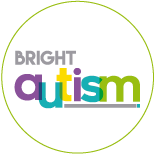
Autism has long fascinated researchers and families alike, as they delve into understanding this complex condition that affects millions around the world. A recent breakthrough study has unveiled unique brain cell structures in children with autism that can change our approach to therapy, intervention, and understanding of autism itself. This discovery not only has the potential to enlighten us about the neural foundations of autism but also instills a renewed hope for parents and caregivers who strive to support their autistic children. Understanding the brain's architecture is crucial in unlocking the mysteries of autism. The recent study highlights how particular brain cells, known as mirror neurons, may function differently in children with autism compared to their neurotypical peers. These neurons significantly contribute to how children understand and imitate behavioral and emotional expressions. By identifying these differences, we can pivot our therapeutic strategies toward better support, leading to profound changes in the quality of life for autistic children. The information gleaned from this study is monumental. It challenges many longstanding assumptions about autism and offers fresh, insightful perspectives. For families, it becomes a beacon of understanding that drives compassion and informed action. Researchers are now putting spotlight on the biological intricacies of autism, moving away from broader behavioral assessments, which can often overlook the underlying neurological factors. This perspective shift holds promise not only for future research but also for the development of targeted treatment plans.
The Importance of Understanding Unique Brain Structures
The discoveries made in this research can provide a pivotal understanding for parents who often seek answers in hopes of providing better care and support for their children. Learning that autism may result from unique structures and pathways in the brain invites a profound sense of empathy and comprehension about the journey their children navigate daily. It highlights that the existence of autism is not simply characterized by behavioral differences but also by intrinsic neurological configurations. Understanding these differences can lead to more tailored approaches in educational and therapeutic settings. For example, a better grasp of how children with autism process emotional cues can inform interventions that focus on strengthening those skills. The objective is not only to teach communication but also to cultivate an environment that nurtures emotional belonging. For families, obtaining this insight allows them to advocate more effectively on behalf of their children, ensuring they receive the appropriate resources and support necessary for their development. Moreover, recognizing the uniqueness of each brain can combat stigmas associated with autism. It helps redefine the narrative surrounding autism as a spectrum that varies not only in behavior but in cognitive processing and emotional expression. Education becomes a powerful tool, inviting inclusion while promoting understanding among peers, educators, and community members. Parents become informed allies ready to share more about their child’s experiences and necessities, forging connections that can transform environments into spaces that celebrate neurodiversity rather than diminish it.
Implications for Future Research and Therapy
The findings from this research have significant implications for future studies in the field of autism. By paving the way for deeper exploration into the brain's biology, researchers may unearth further differences that contribute to a wide array of behaviors and challenges faced by children on the spectrum. Future research can provide insights into neurological flexibility, resilience, and the distribution of unique brain cell structures across different autistic populations. This research opens avenues for innovative therapeutic strategies that are brain-centered rather than solely behavior-centered. Tailored approaches, such as neurofeedback therapy or biofeedback, could become a part of a holistic treatment plan that addresses not only behavioral symptoms but also engages with the neurological foundations of autism. For individuals on the spectrum, this means a multifaceted approach that fosters growth, encourages independence, and ultimately supports them in achieving their fullest potential. Moreover, implications extend beyond therapy; they touch on education as well. Schools can implement sensory-focused curricula that cater to the various cognitive pathways of children with autism. Awareness of unique brain structures can lead to better teaching methodologies, where educators can employ strategies that resonate more deeply with their students. Environments can be molded to nurture rather than impede, building spaces that encourage learning through exploration and interaction in nurturing ways.
Empowering Families with Knowledge
Knowledge is power, and for families navigating the complexities of autism, understanding the unique aspects of their child's brain can empower them significantly. Parents will find themselves equipped with a wealth of information that allows them to advocate for their children in educational and therapeutic settings. They can engage with educators, healthcare professionals, and advocates, firmly establishing collaborative pathways that center on their child's needs. Families can also benefit from sharing experiences and knowledge with one another. Creating community networks where parents exchange insights, tips, and successes can foster resilience and shared experiences. Support groups, online forums, and local meetups can become environments where families feel valued and understood, as they collectively strive towards bettering the lives of their children. Ultimately, knowledge serves as a bridge to understanding, where families can feel more in control of their journey. Parents can learn to celebrate their children's unique abilities while also seeking necessary assistance and intervention. They become advocates who can enlighten those around them about the beauty and diversity within the autistic community. As a collective movement, families touch lives and inspire society to view autism through a lens that appreciates individual differences rather than fears them.
Rethinking the Narrative of Autism
As groundbreaking studies continue to unfold, there is a tremendous opportunity to reshape the narrative surrounding autism. Children with autism are more than their diagnosis; they are vibrant individuals with unique perspectives, talents, and passions. Recognizing the biological underpinnings that contribute to their experiences encourages a shift in emphasis from deficits to abilities. Rather than viewing autism as a disorder that needs fixing, society can come together to embrace diverse neurological pathways. Families, educators, and communities can work towards creating environments where autistic children thrive by valuing their contributions and understanding their needs. By changing the conversation, we invite empathy, inclusion, and respect for each browser’s unique journey. Shifting narratives in society has the potential to foster a deeper understanding of autism, leading to a collective response that prioritizes acceptance and appreciation of individual differences. When we highlight the capabilities of children with autism, we shine a light on their incredible potential to positively impact our world. By encouraging acceptance over ignorance, we build bridges connecting diverse communities and create spaces that are not only welcoming but enriching for everyone involved.
Looking Ahead: A Hopeful Future
As we stand on the precipice of new discoveries, the future looks incredibly hopeful for children with autism and their families. This recent breakthrough in understanding brain cell structures serves as a powerful catalyst for change. It brings new knowledge that offers pathways to effective therapies, informed interventions, and compassionate education. The landscape of autism awareness and treatment is becoming one of unity, where differences are embraced rather than feared. Researchers, families, and advocates must continue to work cohesively to ensure that every child receives the opportunities they deserve to flourish. Through knowledge, compassion, and advocacy, we can forge a future where the unique brain cell structures of children with autism are celebrated and understood, not only advancing our scientific understanding of autism but nurturing a community that prioritizes inclusion and encourages growth.
 Autism has long fascinated researchers and families alike, as they delve into understanding this complex condition that affects millions around the world. A recent breakthrough study has unveiled unique brain cell structures in children with autism that can change our approach to therapy, intervention, and understanding of autism itself. This discovery not only has the potential to enlighten us about the neural foundations of autism but also instills a renewed hope for parents and caregivers who strive to support their autistic children. Understanding the brain's architecture is crucial in unlocking the mysteries of autism. The recent study highlights how particular brain cells, known as mirror neurons, may function differently in children with autism compared to their neurotypical peers. These neurons significantly contribute to how children understand and imitate behavioral and emotional expressions. By identifying these differences, we can pivot our therapeutic strategies toward better support, leading to profound changes in the quality of life for autistic children. The information gleaned from this study is monumental. It challenges many longstanding assumptions about autism and offers fresh, insightful perspectives. For families, it becomes a beacon of understanding that drives compassion and informed action. Researchers are now putting spotlight on the biological intricacies of autism, moving away from broader behavioral assessments, which can often overlook the underlying neurological factors. This perspective shift holds promise not only for future research but also for the development of targeted treatment plans.
Autism has long fascinated researchers and families alike, as they delve into understanding this complex condition that affects millions around the world. A recent breakthrough study has unveiled unique brain cell structures in children with autism that can change our approach to therapy, intervention, and understanding of autism itself. This discovery not only has the potential to enlighten us about the neural foundations of autism but also instills a renewed hope for parents and caregivers who strive to support their autistic children. Understanding the brain's architecture is crucial in unlocking the mysteries of autism. The recent study highlights how particular brain cells, known as mirror neurons, may function differently in children with autism compared to their neurotypical peers. These neurons significantly contribute to how children understand and imitate behavioral and emotional expressions. By identifying these differences, we can pivot our therapeutic strategies toward better support, leading to profound changes in the quality of life for autistic children. The information gleaned from this study is monumental. It challenges many longstanding assumptions about autism and offers fresh, insightful perspectives. For families, it becomes a beacon of understanding that drives compassion and informed action. Researchers are now putting spotlight on the biological intricacies of autism, moving away from broader behavioral assessments, which can often overlook the underlying neurological factors. This perspective shift holds promise not only for future research but also for the development of targeted treatment plans.  Autism has long fascinated researchers and families alike, as they delve into understanding this complex condition that affects millions around the world. A recent breakthrough study has unveiled unique brain cell structures in children with autism that can change our approach to therapy, intervention, and understanding of autism itself. This discovery not only has the potential to enlighten us about the neural foundations of autism but also instills a renewed hope for parents and caregivers who strive to support their autistic children. Understanding the brain's architecture is crucial in unlocking the mysteries of autism. The recent study highlights how particular brain cells, known as mirror neurons, may function differently in children with autism compared to their neurotypical peers. These neurons significantly contribute to how children understand and imitate behavioral and emotional expressions. By identifying these differences, we can pivot our therapeutic strategies toward better support, leading to profound changes in the quality of life for autistic children. The information gleaned from this study is monumental. It challenges many longstanding assumptions about autism and offers fresh, insightful perspectives. For families, it becomes a beacon of understanding that drives compassion and informed action. Researchers are now putting spotlight on the biological intricacies of autism, moving away from broader behavioral assessments, which can often overlook the underlying neurological factors. This perspective shift holds promise not only for future research but also for the development of targeted treatment plans.
Autism has long fascinated researchers and families alike, as they delve into understanding this complex condition that affects millions around the world. A recent breakthrough study has unveiled unique brain cell structures in children with autism that can change our approach to therapy, intervention, and understanding of autism itself. This discovery not only has the potential to enlighten us about the neural foundations of autism but also instills a renewed hope for parents and caregivers who strive to support their autistic children. Understanding the brain's architecture is crucial in unlocking the mysteries of autism. The recent study highlights how particular brain cells, known as mirror neurons, may function differently in children with autism compared to their neurotypical peers. These neurons significantly contribute to how children understand and imitate behavioral and emotional expressions. By identifying these differences, we can pivot our therapeutic strategies toward better support, leading to profound changes in the quality of life for autistic children. The information gleaned from this study is monumental. It challenges many longstanding assumptions about autism and offers fresh, insightful perspectives. For families, it becomes a beacon of understanding that drives compassion and informed action. Researchers are now putting spotlight on the biological intricacies of autism, moving away from broader behavioral assessments, which can often overlook the underlying neurological factors. This perspective shift holds promise not only for future research but also for the development of targeted treatment plans. 









Leave a comment